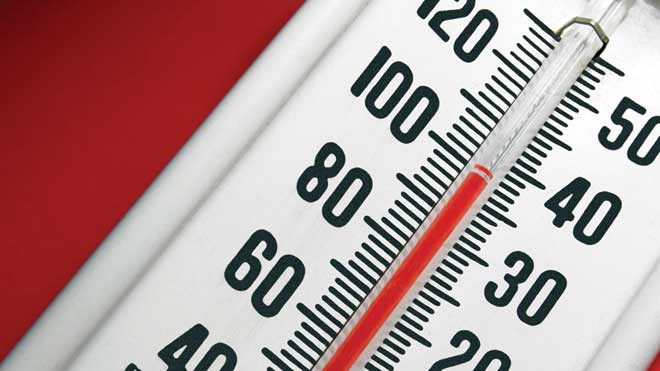With the temperatures rising to unprecedented levels, we need to start looking out for one another.
What’s the trouble with a little bit of hot weather?
In this case, quite a bit.
Schools were shut down on Monday. A major rockfall occurred at the Stawamus Chief, shutting down climbing areas. Rivers have overflown, in some cases causing evacuation orders in Pemberton. The Sea to Sky Gondola closed for several days.
There was even a wildfire sighting near Brohm Lake — but on this occasion we got lucky.
Upon further investigation, it turned out to be a false alarm.
Temperatures have risen to levels that have never been recorded in Squamish.
The town managed to surpass its highest recorded temperatures ever three days in a row on Saturday, Sunday and Monday at 39 C, 41.2 C, and 43 C, respectively.
The previous record was set in September 1988 at 38 C.
Local meteorologist Jason Ross said that, in addition to being incredibly unusual, such temperatures are dangerous.
The most vulnerable are once again most at risk — seniors, children, the homeless, animals and people with chronic conditions.
All of us would do well to learn how to recognize signs of heat stroke and learn how to respond accordingly.
Become familiar with the locations of cooling centres, or any places with air conditioning.
The Mayo Clinic urges people to pay attention to anyone experiencing a body temperature of 40 C or more; who may have alterations in sweating patterns; flushed skin; nausea and vomiting, as well as an altered mental state, which can include confusion, agitation, slurred speech, irritability, delirium, seizures and a coma.
In these cases, it’s imperative for people to immediately cool the subject down and call 911.
In addition, there are new environmental hazards that we have to consider.
The wildfire risk now is very high. Accelerated glacial melt is causing water levels to rise rapidly, in some cases leading to evacuations in Pemberton. We must remain vigilant.
Finally, of course, this event raises the spectre of what may soon be a regularity thanks to climate change.
Axios reports that global warming is also altering weather patterns in ways that make strong heat domes, such as what we’ve been experiencing, more common and prolonged.
Daniel Swain, a climate researcher at UCLA, told the news organization that the warming in our region is “more likely a floor than a ceiling,” something which should give us all pause.
In the immediate future, temperatures may cool down, but they are still expected to be in the 30s, which is still quite hot.
We’ve been through a pandemic. We’ve learned how to band together and face a challenge.
Here lies a new one, which, unfortunately, may be something that may be happening more regularly as the climate shifts.
Let’s put the lessons we learned about looking after each other in the pandemic to use in this case.




